Jiangzhai Ruins: A Must-Visit Site for History Buffs and Culture Enthusiasts

An Essential Guide to Visiting Jiangzhai Ruins
In This Guide
- An Essential Guide to Visiting Jiangzhai Ruins
- The Rich History and Legends of Jiangzhai Ruins
- Main Highlights: What You Absolutely Can’t Miss
- Planning Your Visit: A Practical Guide
- Tickets: Prices, Booking, and Tips
- How to Get There: A Complete Transportation Guide
- Local Cuisine and Accommodation Nearby
- Frequently Asked Questions
- Final Thoughts on Your Trip
Discovering the Jiangzhai Ruins: A Journey Through Time
Nestled in the verdant landscape south of Jiangzhai Village in the Lintong District of Xi’an, the Jiangzhai Ruins (姜寨遗址) offer a captivating glimpse into ancient Chinese civilization. This archaeological site, dating back to the Neolithic period, is a treasure trove for history enthusiasts and culture seekers alike, showcasing the remnants of a long-lost settlement that once thrived in this fertile region.
As you wander through the remnants of earthen mounds and crumbled structures, you can almost hear the echoes of daily life from thousands of years ago. The site serves as a window into the past, revealing the architectural styles, social structures, and subsistence practices of the early inhabitants. While the Jiangzhai Ruins may not boast the same fame as the Terracotta Warriors, they are equally significant in understanding the early agricultural societies that laid the foundation for one of the world’s oldest continuous civilizations.
During your visit, prepare to immerse yourself in the rich tapestry of history that defines this area. Marvel at the intricate pottery shards and tools unearthed during excavations, which provide insight into the technological advancements of the time. The site is currently undergoing development to enhance visitor experience, promising to transform it into a well-rounded historical park that will further illuminate its significance.

Jiangzhai_Ruins.
Whether you are an avid archaeologist, a curious traveler, or simply someone who appreciates the depth of cultural history, the Jiangzhai Ruins are a must-visit destination. Here, you’ll find not only the remnants of an ancient village but also an opportunity to connect with the enduring legacy of Chinese heritage. So, lace up your walking shoes and prepare to step back in time—your journey into the heart of ancient China awaits!
The Rich History and Legends of Jiangzhai Ruins
Nestled in the culturally rich region near Xi’an, the Jiangzhai Ruins (姜寨遗址) offer visitors a glimpse into ancient Chinese civilization, revealing layers of history and myth that have shaped the area. This archaeological site is a treasure trove for anyone interested in the intricacies of China’s past and the stories that continue to resonate through time.

Jiangzhai_Ruins.
Historical Significance
The Jiangzhai Ruins date back to the late Neolithic period, specifically around 3000 to 2000 BCE, making them one of the earliest known settlements in the region. Archaeological findings suggest that this site was once a bustling community engaged in agriculture, animal husbandry, and trade. The discovery of pottery shards, tools, and remnants of dwellings indicates that the inhabitants were skilled artisans and farmers who laid the groundwork for subsequent Chinese dynasties.
The site is particularly notable for its distinctive architectural features. The remains of circular and rectangular houses reflect the early architectural practices of agrarian societies. These structures not only served as homes but also as centers for social and communal activities, highlighting the importance of community in ancient Chinese life.
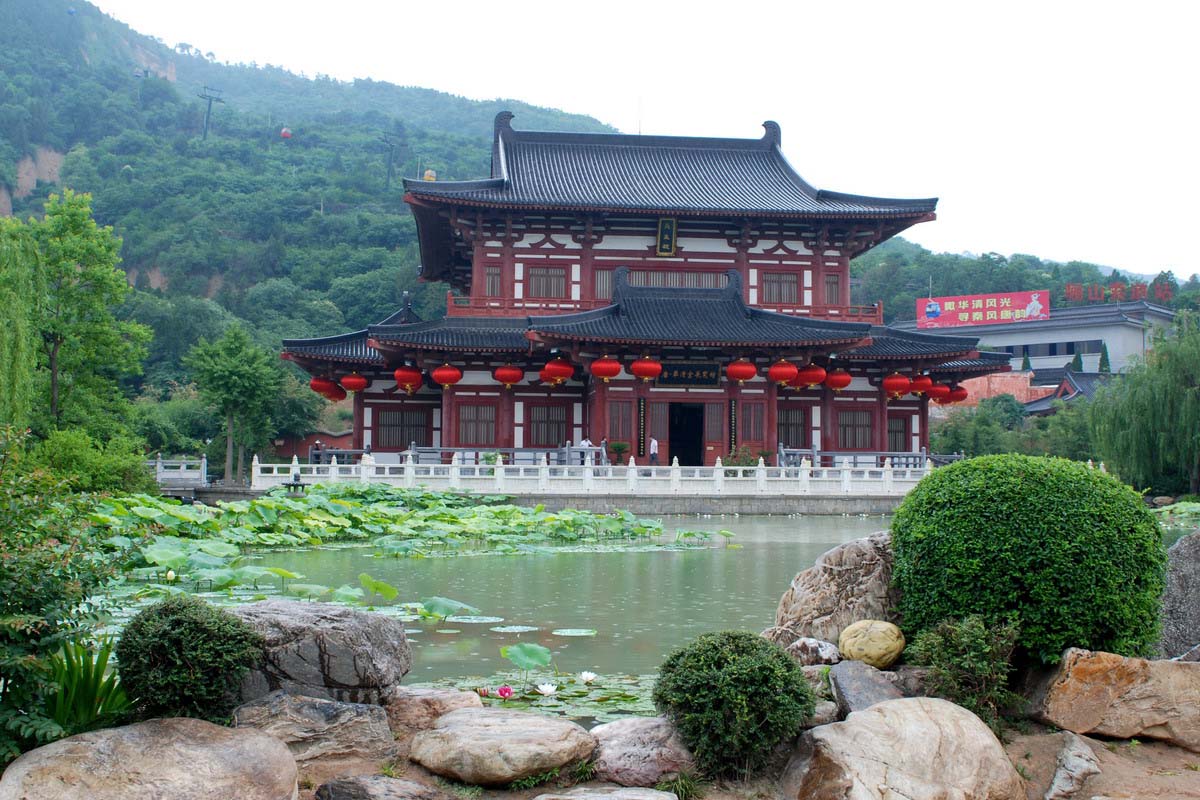
Jiangzhai_Ruins.
Legends and Folklore
Beyond its historical relevance, the Jiangzhai Ruins are steeped in local legends that add a layer of mystique to this ancient site. One prominent tale speaks of a great hero from the Jiangzhai community who defended the village against invading forces. This legendary figure, often depicted as a benevolent warrior, is said to have been granted magical powers by the earth spirits of the region. Villagers claim that his spirit still watches over Jiangzhai, blessing the crops and ensuring the safety of its people.
Another intriguing legend is associated with the sacred trees that are believed to grow in the vicinity of the ruins. Local folklore suggests that these trees are the remnants of a mystical forest that once sheltered gods and celestial beings. It is said that on certain nights, when the moon is full, the spirits of these deities can be seen dancing among the branches, bringing good fortune to those who witness their ethereal celebration.
Cultural Legacy
The Jiangzhai Ruins serve not only as a window into the past but also as a reminder of the enduring cultural legacy of the region. The artifacts discovered here have contributed significantly to our understanding of early Chinese civilization, influencing both academic research and popular culture. The site is an essential stop for travelers interested in the evolution of Chinese society, showcasing the resilience and creativity of its early inhabitants.

Jiangzhai_Ruins.
Visiting the Jiangzhai Ruins
While the Jiangzhai Ruins may not yet be as widely recognized as other historical sites in Xi’an, they offer an authentic experience of China’s ancient heritage. The site is in the Lintong District, easily accessible from the more famous attractions such as the Terracotta Warriors and Huaqing Palace. As restoration efforts continue, visitors can expect a more enriched experience that highlights both the historical and legendary aspects of this fascinating location.
In conclusion, the Jiangzhai Ruins present a unique opportunity for international travelers to immerse themselves in the rich tapestry of Chinese history and culture, bridging the gap between the past and present through stories that resonate across generations. Whether you are drawn by the allure of ancient artifacts or the enchanting legends that surround them, a visit to Jiangzhai is sure to be a memorable adventure.
Main Highlights: What You Absolutely Can’t Miss
Discover the Jiangzhai Ruins: A Journey Through Time
Nestled in the Lintong District of Xi’an, the Jiangzhai Ruins (姜寨遗址) offer a captivating glimpse into ancient life along the Yellow River. This archaeological site, dating back to the Neolithic period, is a must-visit for anyone interested in Chinese history and culture. Here are the main highlights you absolutely can’t miss during your visit:
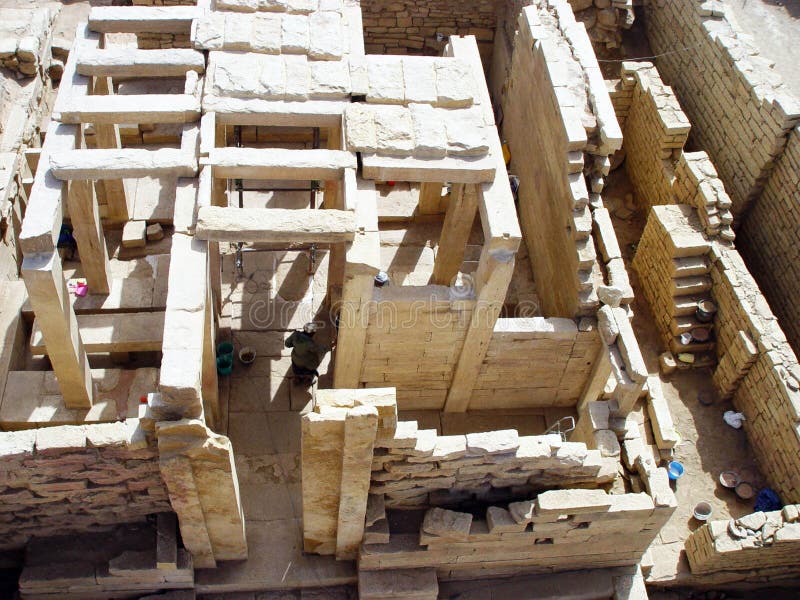
Jiangzhai_Ruins.
1. Ancient Settlement Insights
As you explore the site, you’ll encounter remnants of dwellings and artifacts that provide insight into the lives of the people who inhabited Jiangzhai over 6,000 years ago. The layout of the settlement, including its circular and rectangular houses, reflects the architectural styles of early agricultural societies.
2. Exquisite Artifacts
The Jiangzhai Ruins have yielded a treasure trove of artifacts, including pottery, tools, and decorative items. Look for the intricately designed pottery, which showcases the artistic capabilities of the era. These artifacts are crucial in understanding the social and economic practices of the community.
3. Interpretive Displays
The site features several interpretive displays that contextualize the findings. These informative panels guide visitors through the significance of the ruins, explaining everything from the agricultural practices of the time to the cultural rituals that were likely performed by the inhabitants.
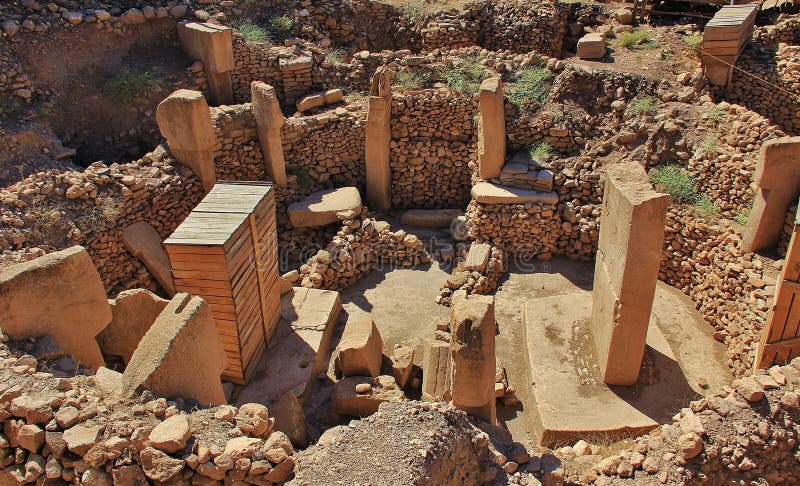
Jiangzhai_Ruins.
4. Scenic Surroundings
Jiangzhai is not just about history; it is also set against a backdrop of beautiful natural scenery. The site is located near the picturesque Lishan National Forest Park and the Huaqing Palace, making it an ideal stop during a day of exploration in the area. Take a moment to enjoy the serene landscape, which adds a tranquil atmosphere to your historical journey.
5. Nearby Attractions
After visiting the Jiangzhai Ruins, consider exploring nearby attractions such as:
– The Museum of Qin Terra-cotta Warriors and Horses: One of China’s most famous archaeological sites, just a short drive away.
– Huaqing Palace: A historic site known for its hot springs and beautiful gardens, it offers a glimpse into the luxurious lives of ancient Chinese emperors.
– Lishan National Forest Park: Perfect for a hike, this park presents stunning views and a chance to experience the natural beauty of the region.
6. Cultural Connection
Visiting Jiangzhai allows you to connect with China’s rich heritage. The site is not only an archaeological wonder but also a reminder of the innovations and traditions that have shaped Chinese civilization over millennia. Engaging with the ruins can deepen your appreciation of the cultural narratives that continue to influence modern China.

Jiangzhai_Ruins.
7. Plan Your Visit
To make the most of your trip:
– Location: The Jiangzhai Ruins are located south of Jiangzhai Village in Lintong District, Xi’an. It’s accessible via local transport or guided tours.
– Timing: Aim for an early morning or late afternoon visit to avoid crowds and enjoy the cooler temperatures.
– Nearby Dining Options: Treat yourself to local cuisine after your exploration. Popular eateries like Zhang Si Mutton Mian Zhuang and Chongqing GuoJiang Long Hotpot are just a short distance away.
Conclusion
The Jiangzhai Ruins are a remarkable testament to the ingenuity and resilience of ancient civilizations. Whether you’re a history buff or simply curious about China’s past, this site promises an enriching experience that will leave you with a deeper understanding of the country’s cultural heritage. Don’t miss this opportunity to step back in time and witness the roots of Chinese civilization!
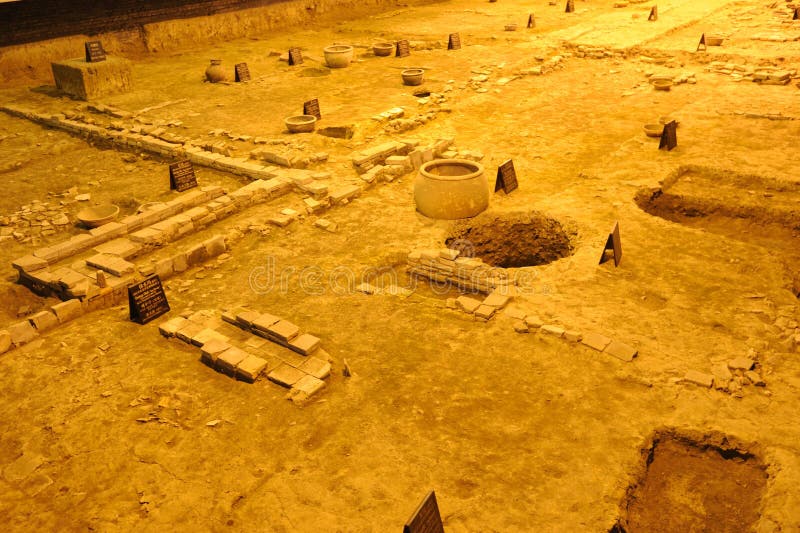
Jiangzhai_Ruins.
Planning Your Visit: A Practical Guide
Your Essential Guide to Visiting the Jiangzhai Ruins
Exploring the Jiangzhai Ruins (姜寨遗址) offers visitors a unique glimpse into ancient Chinese civilization. Nestled in the Lintong District of Xi’an, this archaeological site provides an opportunity to delve into the history and culture of the Neolithic period. Below is a practical guide to ensure your visit is both enjoyable and enriching.
Getting There
Location:
The Jiangzhai Ruins are located just south of Jiangzhai Village in Lishan Town, within the Lintong District of Xi’an, Shaanxi Province. The site is approximately 30 kilometers east of Xi’an’s city center, making it accessible for a day trip.
Transportation Options:
– By Taxi: The most convenient way to reach the site is by taxi. Expect a fare of around 80–100 RMB from central Xi’an.
– Public Transport: Buses to Lintong District are available from Xi’an’s main bus station. From there, local transportation options such as taxis or rickshaws can take you to the ruins.
– Car Rentals: For those who prefer to drive, renting a vehicle can provide flexibility to explore the surrounding attractions at your own pace.
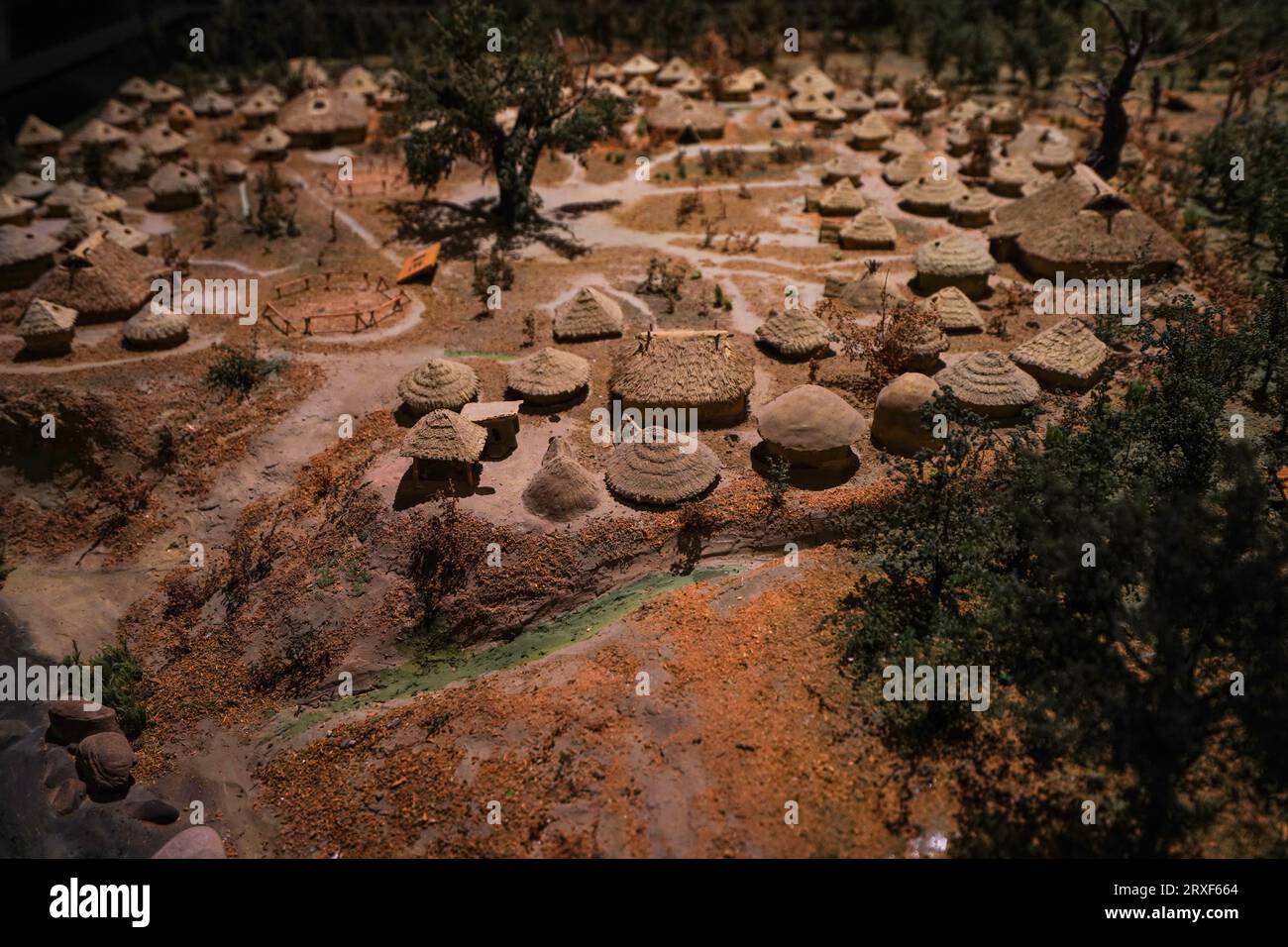
Jiangzhai_Ruins.
Best Time to Visit
Ideal Months:
Spring (March to May) and autumn (September to November) are the best times to visit Jiangzhai Ruins. The weather during these periods is mild and pleasant, allowing for a comfortable exploration of the site.
Avoiding Crowds:
Try to visit on weekdays rather than weekends or holidays to avoid larger crowds, which can detract from the experience.
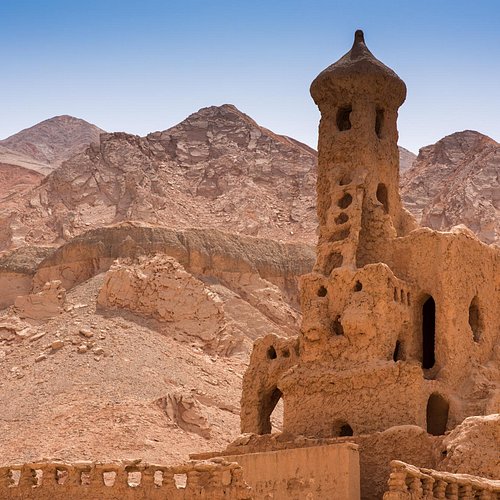
Jiangzhai_Ruins.
What to Expect
Site Overview:
The Jiangzhai Ruins are an important archaeological site dating back to the Yangshao culture (around 5000-3000 BCE). Visitors can explore the remnants of ancient dwellings, burial sites, and pottery, offering insight into the daily lives of early Chinese societies.
Facilities and Amenities:
– Visitor Center: A small visitor center provides information about the site, including maps and educational materials.
– Restrooms: Basic restroom facilities are available near the entrance.
– Food Options: While dining options at the site are limited, there are several local restaurants within a short distance, such as Zhang Si Mutton Mian Zhuang and KFC on Qinling North Road.
Nearby Attractions
Extend your visit by exploring other historical sites in the area:
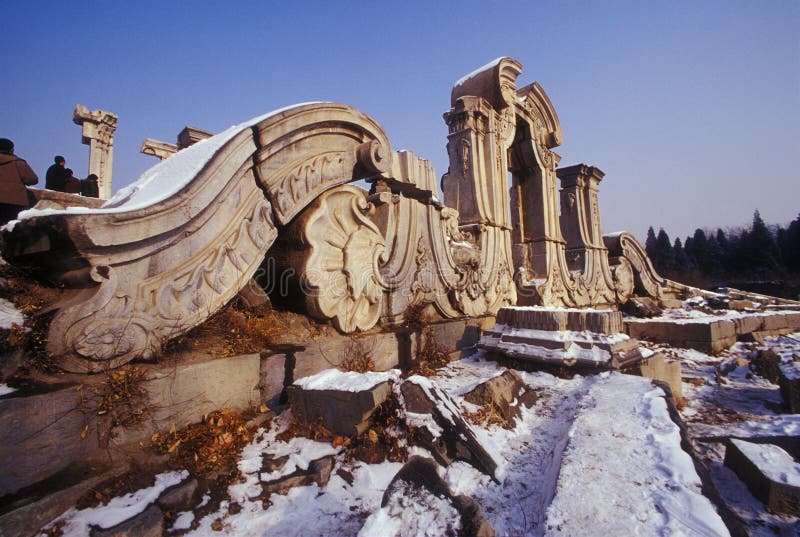
Jiangzhai_Ruins.
- Huaqing Palace: Just 1.1 miles away, this imperial hot spring resort is famous for its beautiful gardens and historical significance related to the Tang Dynasty.
- Museum of Qin Terra-cotta Warriors and Horses: This world-renowned site is a must-see, located about 30 minutes away by car.
- Lishan National Forest Park: A great spot for nature lovers, offering hiking trails and stunning mountain views.
Tips for a Successful Visit
- Dress Comfortably: Wear comfortable shoes as the site involves walking on uneven terrain.
- Bring Water and Snacks: Hydrate and keep energy levels up, especially if you plan on exploring nearby attractions.
- Stay Informed: Consider brushing up on the historical context of the Jiangzhai Ruins before your visit to enhance your understanding of the site.
- Photography: Capture the beauty of the ruins but be respectful of any guidelines regarding photography, especially in designated areas.
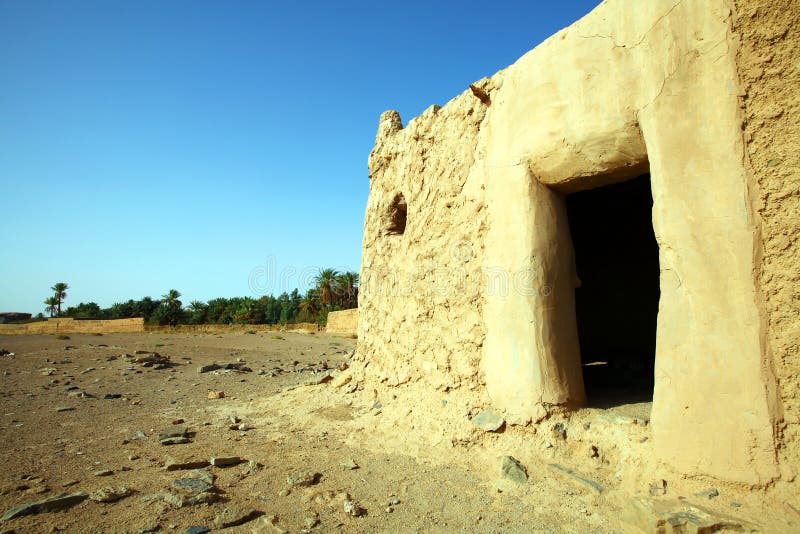
Jiangzhai_Ruins.
Conclusion
A visit to the Jiangzhai Ruins is not just a journey into the past; it’s an opportunity to connect with the rich tapestry of Chinese history and culture. With careful planning and an adventurous spirit, your exploration of this ancient site will undoubtedly be a highlight of your travels in Xi’an.
Tickets: Prices, Booking, and Tips
Visiting the Jiangzhai Ruins: Ticket Information and Tips
The Jiangzhai Ruins, located just south of Jiangzhai Village in the Lintong District of Xi’an, offer a unique glimpse into ancient Chinese civilization. As you plan your visit, here’s what you need to know about ticket prices, booking options, and some helpful tips to make the most of your experience.
Ticket Prices
- General Admission: Approximately CNY 50 (around USD 7). Prices may vary slightly based on the season or any special exhibitions.
- Discounts: Reduced ticket prices are often available for students, seniors, and children. Always bring valid identification to avail of these discounts.
Booking Information
- Advance Booking: While tickets can typically be purchased on-site, it’s advisable to book in advance, especially during peak tourist seasons (spring and autumn). This can be done through popular Chinese travel platforms or directly on the site’s official website.
- Group Tickets: If you’re visiting as part of a larger group, inquire about group rates when booking. This can lead to significant savings.
Tips for Your Visit
-
Best Time to Visit: To avoid the crowds and enjoy a peaceful exploration of the ruins, plan your visit early in the morning or later in the afternoon. The site is particularly beautiful during the golden hours of sunrise and sunset.
-
Transportation: The Jiangzhai Ruins are accessible via public transport from Xi’an. Consider taking a taxi or a local bus to the site, which is approximately 30 kilometers from the city center.
-
Nearby Attractions: Make a day of your visit by exploring nearby historical sites, such as the Huaqing Palace and the Museum of Qin Terra-cotta Warriors, both just a short distance away.
-
Prepare for Walking: The site involves some walking, so wear comfortable shoes and be prepared for varying terrain.
-
Photography: Don’t forget your camera! The ruins offer stunning backdrops for photographs, particularly against the backdrop of the surrounding mountains.
By understanding the ticketing process and planning ahead, you can ensure a smooth and enriching experience at the Jiangzhai Ruins, immersing yourself in the rich tapestry of Chinese history and culture. Happy travels!
How to Get There: A Complete Transportation Guide
Getting to Jiangzhai Ruins: Your Transportation Guide
Visiting the Jiangzhai Ruins (姜寨遗址), located in the Lintong District of Xi’an, offers a unique glimpse into ancient Chinese civilization. To help you embark on this historical journey, here is a comprehensive transportation guide that outlines the best ways to reach this fascinating archaeological site.
1. Arriving in Xi’an
Before heading to the Jiangzhai Ruins, you’ll need to arrive in Xi’an, which is well-connected to major cities in China and beyond.
- By Air: The Xi’an Xianyang International Airport (XIY) serves both domestic and international flights. From the airport, you can take a taxi, shuttle, or the airport bus to reach the city center.
- By Train: Xi’an Railway Station is a major hub for high-speed trains, linking Xi’an to cities like Beijing, Shanghai, and Chengdu. High-speed trains are the fastest and most comfortable option.
- By Bus: Long-distance buses connect Xi’an with surrounding regions. The Xi’an Long-distance Bus Station is located in the city center.
2. Getting to Lintong District
Once in Xi’an, your next step is to reach Lintong District, where the Jiangzhai Ruins are located.
- By Metro: Take Line 1 of the Xi’an Metro to the Lintong Station (临潼站). This is the most convenient and cost-effective method. The metro operates from early morning until around 10 PM.
- By Taxi/Ride-Hailing Apps: Taxis are widely available, and ride-hailing apps like Didi are also convenient options. A taxi ride from the city center to Lintong takes approximately 30-40 minutes.
- By Bus: Public buses (such as Bus No. 5 or 307) run from Xi’an city center to Lintong. This option may take longer, depending on traffic, but it is very affordable.
3. Reaching Jiangzhai Ruins
Once you arrive in Lintong, follow these steps to reach the Jiangzhai Ruins:
- By Taxi: Taxis are the easiest way to get to the Jiangzhai Ruins from Lintong Station. Just provide the driver with the address: “South of Jiangzhai Village, Lishan Town, Lintong District.”
- Walking: If you’re feeling adventurous and the weather is pleasant, you can walk to the ruins from nearby attractions, such as Huaqing Palace, which is roughly 1.1 miles away.
4. Nearby Attractions
While you’re in the area, consider visiting other historical sites that complement your trip to the Jiangzhai Ruins:
- Huaqing Palace (华清宫): Famous for its hot springs and historical significance, it’s a short ride away.
- The Museum of Qin Terra-cotta Warriors and Horses (兵马俑博物馆): A must-visit site that showcases the incredible terracotta army.
- Lishan National Forest Park (临潼国家森林公园): Perfect for a leisurely stroll amidst nature after your historical exploration.
5. Tips for Your Journey
- Language: While many signs are in English, having a translation app or a map can help you navigate.
- Cash: Though digital payments are popular in China, having cash on hand is beneficial, especially for smaller taxis or bus fares.
- Timing: To enjoy the ruins with fewer crowds, consider visiting during weekdays and avoid public holidays.
By choosing the right transportation options, your trip to the Jiangzhai Ruins will be both smooth and enriching. Enjoy your journey through time in one of China’s most historically significant regions!
Local Cuisine and Accommodation Nearby
Exploring the Jiangzhai Ruins is not just a journey through ancient history; it’s also an opportunity to indulge in the rich culinary traditions and comfortable accommodations that the region has to offer. Nestled in the Lintong District, the area surrounding the Jiangzhai site is vibrant with dining options and hospitable places to stay, ensuring a well-rounded travel experience.
Local Cuisine
When visiting the Jiangzhai Ruins, food lovers will find a variety of restaurants that showcase the flavors of Shaanxi province. Here are some must-try eateries nearby:
-
Zhang Si Mutton Mian Zhuang
Just a short walk from the ruins, this local favorite serves up Mutton Noodles, a signature dish of the region. The flavorful broth and tender meat are perfect for warming up after a day of exploration. -
Chongqing GuoJiang Long Hotpot
For those who enjoy a more interactive dining experience, this hotpot restaurant offers a selection of fresh ingredients that you can cook at your table. The cozy atmosphere and spicy broth options will delight adventurous eaters. -
ShanKui RiShi Indian Restaurant
If you’re in the mood for something different, this restaurant provides a unique fusion of Chinese and Indian cuisines. Offering a variety of dishes, it caters to diverse palates, making it a great option for groups. -
WeiJia LiangPi
Located a short distance away, this eatery specializes in Liangpi, a cold noodle dish that is refreshing and perfect for warm days. Pair it with some local pickles for an authentic taste of Xi’an.
Recommended Accommodations
After a day of immersing yourself in the historical significance of the Jiangzhai Ruins, you’ll want a place to relax and recharge. Here are some recommended accommodations nearby:
-
Wyndham Grand Xi’an South
This luxurious hotel offers modern amenities and stunning views of the surrounding landscapes. With a spa, fitness center, and on-site dining, it’s perfect for travelers seeking comfort after a day of sightseeing. -
Hyatt Regency Xi’an
Located conveniently close to many attractions, this hotel boasts spacious rooms and excellent service. The dining options within the hotel also feature local specialties, allowing guests to indulge without venturing far. -
Lavande Hotels Xi’an
For budget-conscious travelers, Lavande Hotels provides a clean, modern, and comfortable stay. Its proximity to local eateries and attractions makes it an ideal base for exploring the area. -
James Joyce Coffetel Xi’an
This boutique hotel offers a unique charm with its creative decor and warm atmosphere. Guests can enjoy personalized service and easy access to local transport, making it a great choice for those looking to explore more of Xi’an.
Conclusion
Whether you’re savoring local delicacies or unwinding in comfortable accommodations, the Jiangzhai Ruins area offers a delightful blend of history, culture, and culinary excellence. Don’t miss the chance to immerse yourself in the flavors and hospitality of this remarkable region!
Frequently Asked Questions
Common Questions About Visiting the Jiangzhai Ruins
1. What are the Jiangzhai Ruins?
The Jiangzhai Ruins (姜寨遗址) are an archaeological site located in the Lintong District of Xi’an, China. These ruins date back to the Neolithic period and are significant for their discovery of ancient residential structures and artifacts, offering insight into early agricultural societies in the region.
2. How do I get to the Jiangzhai Ruins from Xi’an?
To reach the Jiangzhai Ruins, you can take a taxi or a local bus from central Xi’an. The site is approximately 30 kilometers from the city center and is easily accessible via the Lintong District. Public transportation options are available, and using a ride-sharing app can also be convenient.
3. Is there an entrance fee for the Jiangzhai Ruins?
Currently, there is no official entrance fee to visit the Jiangzhai Ruins. However, it is advisable to check for any updates regarding fees or guided tour options prior to your visit, as these can change based on site management policies.
4. What facilities are available at the site?
While visiting the Jiangzhai Ruins, visitors should expect minimal facilities. It is recommended to bring your own water and snacks, as well as to wear comfortable shoes for walking. The site is still undergoing development, and improvements may be made in the future.
5. Are there guided tours available?
Yes, guided tours are available for the Jiangzhai Ruins. These tours often include insightful commentary on the history and significance of the site. You can book a tour through local travel agencies or inquire about options at your hotel in Xi’an.
6. What other attractions are nearby?
The Jiangzhai Ruins are located close to several other significant attractions, including:
– The Museum of Qin Terra-cotta Warriors and Horses (approximately 10 km away)
– Huaqing Palace (about 1.1 km from the site)
– Lintong Museum (approximately 0.9 km away)
These sites can easily be included in a day’s itinerary.
7. What is the best time to visit the Jiangzhai Ruins?
The best time to visit the Jiangzhai Ruins is during the spring (April to June) and autumn (September to November) months when the weather is mild and pleasant. Summer can be hot, while winter may be chilly, which could affect your experience.
8. Are there any cultural considerations to keep in mind?
When visiting the Jiangzhai Ruins, it is important to respect the site’s historical significance. Avoid climbing on ruins or touching artifacts, and be mindful of local customs. Speaking softly and maintaining a respectful demeanor will enhance your experience and that of others visiting the site.
Final Thoughts on Your Trip
As you prepare to leave the Jiangzhai Ruins and head back into the vibrant tapestry of Xi’an, take a moment to reflect on the journey you’ve undertaken. This site, although lesser-known compared to its more illustrious neighbors like the Terracotta Army, offers a unique glimpse into the early agricultural society of ancient China. Here are some final thoughts to inspire your next adventure:
Embrace the Unseen Beauty
-
Cultural Insights: The Jiangzhai Ruins are not just remnants of the past; they are a testament to the resilience and ingenuity of early Chinese civilization. Walking through the site, you’re not merely observing ruins; you’re connecting with the stories and lives of those who once thrived here.
-
Nature’s Embrace: The surrounding landscape adds to the allure of the site. As you explore, take a moment to breathe in the fresh air and appreciate the natural beauty that has witnessed centuries of history unfold.
Explore Nearby Attractions
-
Huaqing Palace: Just a stone’s throw away, this hot spring resort offers a glimpse into imperial life and the romance of history.
-
Terracotta Warriors: No trip to Xi’an is complete without visiting this UNESCO World Heritage site, where thousands of lifelike figures stand guard over the tomb of Emperor Qin Shi Huang.
Relish Local Flavors
After your historical explorations, treat yourself to local delicacies. Whether it’s savoring a bowl of steaming mutton noodles or indulging in the rich flavors of hotpot, Xi’an’s culinary scene is a delightful homage to its rich history.
Take Home Memories
Finally, remember that travel is not just about the destinations, but the experiences and connections you make along the way. Share your stories, engage with locals, and carry the spirit of Jiangzhai with you as a cherished memory of your journey through China’s historical heart.
As you depart, may you feel inspired to uncover more hidden gems in this magnificent country, each waiting to share their unique tales of the past. Safe travels!